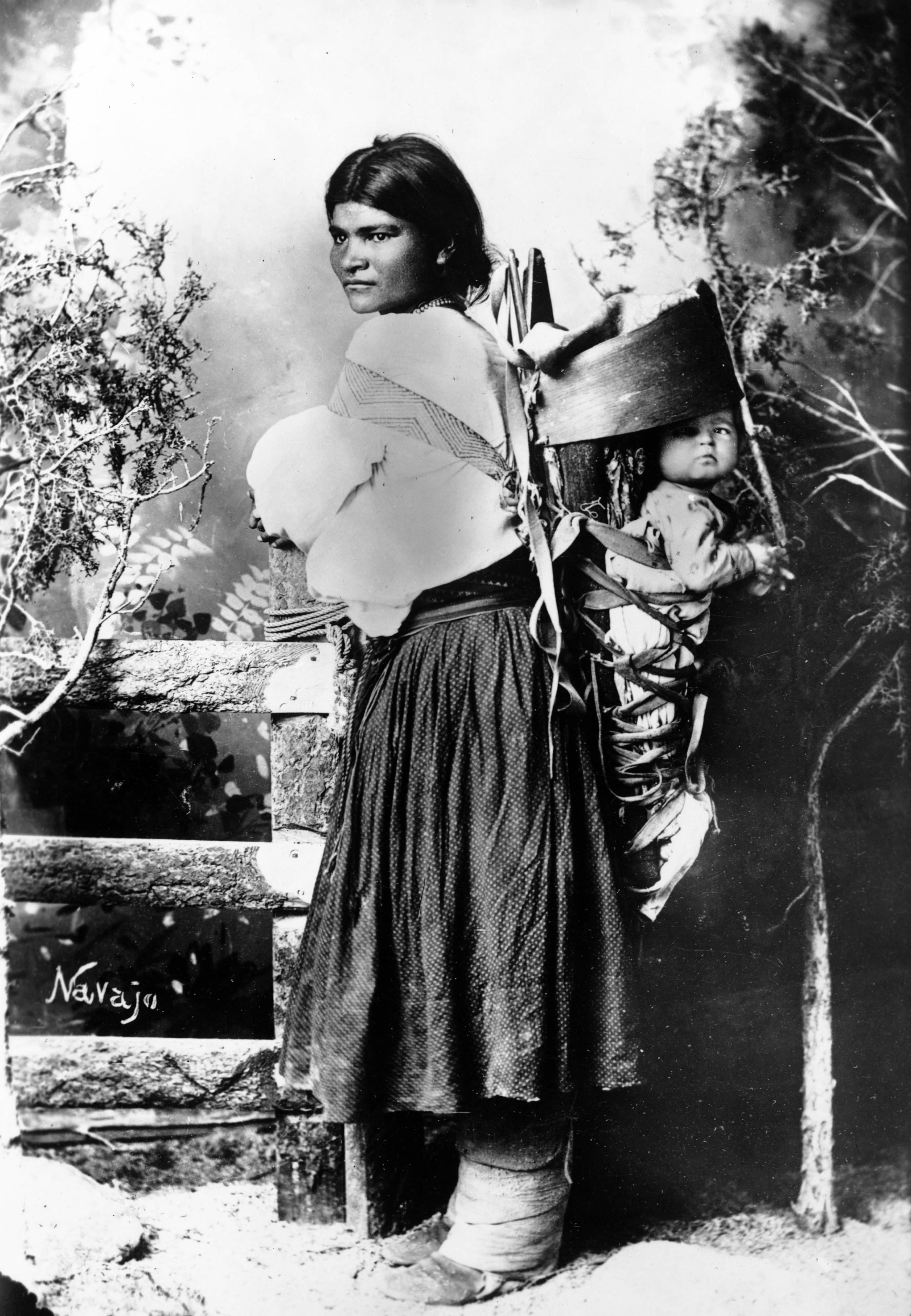Yale
was founded by English Congregationalist ministers. Today, only 22% of its
student body has a Christian European background of any sort.
Last
year, around this time, friends and acquaintances offered me all sorts of
religiously neutral salutations: Seasons Greetings! Happy Holidays! Joyeuses
fêtes! Meilleurs vœux! Only two people wished me Merry Christmas.
One
was Muslim, the other was Jewish.
They
meant well. After all, isn't that the culturally correct greeting? In theory,
yes. In practice, most Christians feel uncomfortable affirming their identity.
And this self-abnegation gets worse the closer you are to the cultural core of
Anglo-America. Immigrants of Christian background enjoy being wished Merry
Christmas. Black people likewise. Catholics seem to split half and half,
depending on how traditional or nominal they are.
But
the WASPs. Oh, the WASPs! With them, those two words are a faux pas. The response is usually polite but firm: "And a very
happy holiday season to you!"
Things
weren’t always that way. The situation calls to mind a Star Trek episode where Capt. Kirk persuades an alien robot to
destroy itself. "That which excludes is evil. If you affirm your identity,
you are excluding those who don't share your identity. You are therefore
evil."
I
could question this logic. What about other cultural groups? Why single out
just one? But I’ve heard the answer already. WASPs and their culture dominate
North America. The path to power, or simply a better life, runs through their
institutions. Minorities can affirm their own identities without restricting
the life choices of others, but the same does not hold true for WASPs. Their
identity affects everyone and must belong to everyone.
I’m
still not convinced. Yes, WASPs did create the institutions of Anglo-America,
but their influence in them is now nominal at best. The U.S. Supreme Court used
to be a very WASPy place. Now, there's not a single White Protestant on it.
That's a huge underrepresentation for a group that is still close to 40% of the
population. We see the same thing at the Ivy League universities, which
originally trained Protestant clergy for the English colonists. Today, how many
of their students have any kind of Christian European background? The
proportions are estimated to be 20% at Harvard, 22% at Yale, and 15% at
Columbia (Unz, 2012).
Sometimes
reality is not what is commonly believed.
WASPs are not at all privileged. In fact, they have been largely pushed
aside in a country that was once theirs.
Whenever
this ethnic displacement comes up for discussion (it usually doesn't), it gets
put down to meritocracy. In the past, WASPs were the best people for the job of
running the country. Now it's a mix of Jews, Asians, and other high-performing
groups. A cynic might ask whether merit is the only factor ... and whether the
U.S. is better run today than it was a half-century ago. Indeed, the latest
Supreme Court appointee had little experience as a solicitor general and a
scanty record of academic scholarship.
Merit
isn't the whole story. There is also networking. In most parts of the world, an
individual gets ahead in life by forming bonds of reciprocal assistance with
family and kinfolk. "You scratch my back, I'll scratch yours." That's
how most of the world works.
But
not all of the world. Northwest Europeans have diverged the most from this
pattern, at least since the 12th century (Macfarlane, 1978a - 2012). Their
kinship ties have been weaker and their sense of individualism correspondingly
stronger. As a result, their cultural evolution has to a large degree been
emancipated from the restraints of kinship, and this emancipation has facilitated
other ways of organizing social relations: the nation-state, ideology, the
market economy ... not to mention the strange idea of personal advancement
through personal merit alone. This model of society has succeeded economically,
militarily, and geopolitically, but it's vulnerable to people who don't play by
the rules, since the threat of kin retaliation is insufficient to keep them in
line. Societal survival is possible only to the extent that rule-breakers are
ostracized and immigration restricted from cultures that play by other rules.
This
brings us to the dark side of traditional WASP culture: the busybodiness, the judgmentalism,
the distrust of foreigners no matter how nice or refined they may seem. That
mentality still exists, but it has been turned against itself. The people to be
excluded are now those who exclude. The cultural programming for survival has
been turned into a self-destruct mechanism ... as in that Star Trek episode.
Even
if we could somehow abort this self-destruct sequence, it's hard to see how
WASPs can survive on the current playing field. WASPs believe in getting ahead
through rugged individualism. Most of the other groups believe in using family
and ethnic connections. Guess who wins.
Anyway,
I wish all of you a merry end of 2014! Far be it for me to exclude anyone from
the merriment.
References
Unz,
R. (2012). The myth of American meritocracy, The American Conservative, November 28
http://www.theamericanconservative.com/articles/the-myth-of-american-meritocracy/
Macfarlane,
A. (2012). The invention of the modern world. Chapter 8: Family, friendship and
population, The Fortnightly Review,
Spring-Summer serial
http://fortnightlyreview.co.uk/2012/07/invention-8/
Macfarlane,
A. (1992). On individualism, Proceedings
of the British Academy, 82,
171-199.
http://www.alanmacfarlane.com/TEXTS/On_Individualism.pdf
Macfarlane,
A. (1978a). The origins of English individualism: Some surprises, Theory and society: renewal and critique in
social theory, 6, 255-277.
http://www.alanmacfarlane.com/TEXTS/Origins_HI.pdf
Macfarlane,
A. (1978b). The Origins of English
Individualism: The Family, Property and Social Transition, Oxford:
Blackwell.







